This article list outs the electrical engineering projects for b.tech, diploma & m.tech engineering students & researchers. Electrical Engineering is a branch of engineering concerned with the research, design, and implementation of electrical, electronic, and electromagnetism-based equipment, devices, and systems.
In Electrical Engineering the most essential periods of your education and professional development is the last year of a graduating programmer.
While the first three years of science-related graduating courses, such as electrical engineering, concentrates on theoretical issues; students are given the opportunity to put their theoretical knowledge to the test in the final year. Students focus on practical tasks and projects during this time.
Electrical Engineering projects are highly important in many domains in our everyday lives, and they require more power than other projects. Some of the project areas of the electrical field are power generation, power system equipment maintenance and handling, industrial control and robotics, power electronics, and energy systems. The top Electrical Engineering Projects for final year engineering students are available here. These projects might be utilized in electrical engineering final year.
For diploma and engineering students, the following Electrical Engineering projects contain both major and minor projects. These are fresh and unique Electrical Engineering ideas that students might choose as their final year engineering project topic.
The bottom line- Electrical Students are prepared for the professional world through final year electrical Engineering projects. After all, highlighting your hands-on experiences and projects on your resume makes it simpler to capture the attention of potential employers.
Electrical Engineering Projects
We’ve compiled a list of final year Electrical Engineering projects are divided under Power systems, Power electronics, and control systems.
1. Hybrid Wind/PV/Battery Energy Management-Based Intelligent Non-Integer Control for Smart DC-Micro grid of Smart University
Most people nowadays choose to live and work in smart areas, such as smart towns and smart institutions, where smart grid systems are integrated. Because a big portion of these smart grid systems rely on hybrid energy sources, energy management is a difficult problem.
The project is an intelligent energy management controller based on a combination of fuzzy logic and PID controller approaches. The controller's goal is to get the extract maximum power from renewable energy sources (wind and PV) while also improving the micro grid’s power quality. The (wind and PV) energy sources are preferred to make the micro grid as cost-effective as possible.
The designed controller ensures smooth output power and service continuity and improve the power quality supplied to the micro grid by regulating the reactive power.
2. Implementation of Solar PV- Battery and Diesel Generator Based Electric Vehicle Charging Station
Electric vehicles (EVs) are now considered one of the most efficient ways of transportation due to their zero emissions. Electric vehicles are rapidly increasing being seen as revolutionary technology.
Electric vehicles are the ones which uses two or more sources of energy. In this project micro grid, grid linked, and DG set connected modes, an EV charging station (CS) is used to offer continuous charging. To improve the charging station's efficiency and productivity, the charging station also performs active/reactive power transfer from vehicles to the grid, vehicle to house, and vehicle to vehicle.
3. Fuzzy Logic Control for Solar PV Fed Modular Multilevel Inverter towards Marine Water Pumping Applications
Now-a-days, the renewable energy resources like Solar and Wind became the most essential sources to generate power to the loads due to their sufficient way of producing energy. In this project the pumping of water in the marine system is the load which we are considering, uses the solar as a source by assuming different controlling techniques.
To produce the magnified power without any interruptions the solar is considered to be an efficient one. This will eradicate the emission of greenhouse gases and the usage of fossil fuels, which are going to be extinct. This can be used in the major applications like marine system and also for irrigation purposes.
4. Development of a Hybrid Energy Storage System (HESS) for Electric and Hybrid Electric Vehicles
Hybrid Electric vehicles are making allowance in the electrification of the transportation process. To avoid the explosion of detrimental gases that are occurring from the vehicle which is compressed of internal combustion based engines are effecting the mother earth and also the efficiency is low.
In this project a DC-DC converter, a battery, ultra-capacitor and electric motor are positioned to do the electrification process. The efficiency and reliability can be increased. The storing capacity of the hybrid energy systems can be increased for Electric vehicles and also for hybrid electric vehicles.
5. Solar Powered Unmanned Aerial Vehicle with Active Output Filter Under Non-Linear Load Conditions
Solar based Aerial Vehicles without operating by the crew are the key of escalating technology. The solar is the major source of energy which will supply the power without any interruptions. The usage of non-renewable resources can be abolished to some extent.
This project will consist the aerial vehicle, solar, six step inverter and a battery which will combine together to produce the magnified output. These aerial vehicles can work efficiently and effectively. The major application in which these vehicles are using is the Military based vehicles to detect the bombardment of the enemies.
6. An Implementation of Solar PV Array Based Multifunctional EV Charger
Electric vehicles are the future extent of unified technology. As the electric vehicles are increasing the charging points should be increased to charge the vehicles. By considering the solar as a key component which will produce the major source of power to the system the electric vehicle can be charged itself. Some of the charging stations may be constructed in some areas to charge the vehicles without interruptions in the handling of the vehicle.
The major components that are used in the project are solar PV, Voltage source converter and some of the filters may be used to reduce the harmonic content. The major application areas of using this charging stations are Electric vehicles which can work high efficient.
7. Bidirectional Power Flow Control Integrated With Pulse and Sinusoidal-Ripple-Current Charging Strategies for Three-Phase Grid-Tied Converters
Novel energy technologies such as renewable energy generation systems, electric vehicles and advanced consumer electronics have been rapidly developed to deal with the fossil fuel usage and carbon dioxide emission. Battery module usually exists in these applications for energy storage. In order to transfer the electric energy between the battery and the grid, a grid-tied DC-AC converter is necessary while the three phase H-bridge circuit is one of the most commonly used topologies for high power applications.
Bidirectional charging/discharging strategies for three-phase grid-tied converters. The bidirectional power flow control feature of the converter is able to realize both charging and discharging capability. The bidirectional power flow control of the converter is also an essential function to realize both charging and discharging ability for the battery.
8. Multimode Operation of Solar PV Array, Grid, Battery and Diesel Generator Set Based EV Charging Station.
The numbers of EVs on the road, are increasing day by day to meet the actual purpose of the EVs reduction in air pollution, reduction on fossil fuel dependency, and an increase in energy security the electric energy needed for the charging the EVs should come from renewable energy sources Out of many renewable energy sources, the solar photovoltaic (PV) based charging station is an easily accessible and feasible solution.
A lot of researchers have, therefore, devoted their work to develop the charging station based on renewable energy This paper deals with the multimode operation of a photovoltaic (PV) array, a battery, the grid and the diesel generator (DG) set based charging station (CS) for providing the continuous charging and uninterruptible supply to the household loads.
9. Peak Current Detection Starting Based Position Sensor less Control of BLDC Motor Drive for PV Array Fed Irrigation Pump
The cost of solar photovoltaic (PV) array has reduced drastically in the last decade along with rapid depletion of fossil fuel, making the solar energy a most reliable non-renewable energy source.
As the water scarcity is having huge impact in the agriculture and potable water supply especially during summer in Indian rural areas along with rest of the world with low water table, the water pumping is having a huge requirement. Solar PV array fed water pumps especially for irrigation purposes are gaining importance. The compact cost-effective solution fits perfect for low cost, demanding both irrigation and domestic water pumping.
10. Solar PV-BES Based Micro grid System with Multifunctional VSC
Due to the depletion of conventional energy sources and environmental impacts, the role of renewable sources for energy generation has become a prior choice nowadays. Due to the ease of availability, environment friendly nature, and the reducing trends in the cost of solar photovoltaic (PV) panels, solar-based energy generation has become popular as compared to other energy sources.
The maximum power extraction from a PV array, reactive power compensation, harmonics mitigation, balancing of grid currents and seamless transition from grid connected (GC) mode to standalone (SA) mode and vice versa, are performed in this project. If the absence of the battery is detected, then the control is automatically shifted to VSC for performing the extraction of the maximum power of the PV array.
11. Partial Power Conversion and High Voltage Ride-Through Scheme for a PV-Battery Based Multiport Multi-Bus Power Router
In order to reduce the use of fossil fuels and carbon dioxide emissions, renewable energy such as PV system has developed rapidly, and the efficiency improvement and cost optimization of PV conversion have been studied deeply. With the development of renewable energy technology, distributed power supply mode with multi energy and multi-directional power flow including utility grid, renewable energy and energy storage unit has gradually become a research hotspot.
An AC/DC hybrid multi-port power routing (MPPR) system which based on partial power conversion (PPC) of dual DC buses is proposed in this project. The photovoltaic (PV) port, the battery port and two DC voltage buses form a power router.
12. A novel cascaded control to improve stability and inertia of parallel buck boost converters in DC micro
Nowadays, in order to alleviate the environmental and energy issues, micro grids (MGs) have attracted more and more attention as they can efficiently integrate converter-interfaced distributed generators (DGs), such as battery, wind, solar, fuel cell.
This project is a novel cascaded control strategy for parallel operation of buckboost DC/DC converters. The proposed cascaded control strategy involves a voltage synchronization loop, a virtual inertia control (VIC) loop, and two nested NTSMC based voltage and current control loops.
To deal with the issues caused by the high integration of renewable resources, the parallel operation of the converters is generally required to improve the system stability and reliability. The VIC can improve the inertia of the converter-interfaced DGs. The nested-loop NTSMC based voltage and current controller can improve the robustness of converter system.
13. PV based Shunt Active Harmonic Filter for Power Quality improvement
This project explores the performance analysis of two stage solar photovoltaic (PV) systems integrated with Shunt Active Harmonic Filter (SAHF). In recent industrial revolution, the distributed power system is affected by current harmonic problem due to wide-spread use of nonlinear loads. PV based system as a substitute to conventional energy sources, PV based system are being extensively used in various application. With increasing penetration of power electronics devices and nonlinear loads, harmonics are introduced in the system.
The extraction of reference current is derived by PI controller and Hysteresis Current controller is used to drive the PWM -VSI. The projected PV based SAHF is implemented under diode rectifier load to mitigate the harmonics and reactive power.
14. A Novel IUPQC for Multi-Feeder Systems Using Multilevel Converters with Grid Integration of Hybrid Renewable Energy System
The increasing use of sophisticated equipment for domestic and industrial applications, has increased its vulnerability to power quality problems. In order to mitigate the power quality disturbances and to give customized solutions.
This project presents a novel topology of interline unified power quality conditioner (IUPQC) for multi-bus/multi-feeder systems, capable of compensating both voltage and current imperfections simultaneously for power quality improvement. In the proposed IUPQC, all converters share a common dc-link capacitor. Hence, power can be transferred from healthy feeder to adjacent feeders for compensation of sag/swell and current/voltage harmonics.
15. Stability Evaluation of AC/DC Hybrid Micro grids considering Bidirectional Power Flow through the Interlinking Converter
Hybrid micro grids are evolving with the ability to exchange power between ac and dc sub grids. A bidirectional power flow operation of the interlinking converter (IC) is employed to exchange power between ac and dc sub grids in the HMG. This project investigates the impact of the power flow direction on the small-signal stability of islanded droop-based HMGs.
Firstly, a linearized state-space model of an HMG is developed. Secondly, eigenvalue analysis is carried out to realize the dominant modes, which are the rightmost eigenvalues. Thirdly, participation factor analysis is performed to identify the system and control parameters that effect stability the most. The sensitivity of the dominant modes to changes in ac and dc droop gains is studied under bidirectional power flow through the IC to ascertain their impact on the stability margins.
16. AFLL-Based Control Technique for Grid Interfaced Three Phase PV System
In present times, renewable energy systems (RES), such as solar photovoltaic (PV), biogas, wind, and hydro energy systems are emerging as an alternative to conventional energy sources of energy for the production of electric energy.
Due to low maintenance and availability of PV energy in surplus, it emerges as a best alternative of conventional energy. This project deals with an advanced frequency locked loop (AFLL)-based control algorithm for a three phase double stage grid interfaced solar photovoltaic (PV) system.
This AFLL-based algorithm extracts fundamental component of the load current and eliminates harmonics, performs grid currents balancing, improves the system performance during distorted grid conditions, and isolates the system during the occurrence of a grid fault. The VSC switching losses are reduced using an adaptive dc link voltage, the harmonics level in the grid currents is seen in limits.
Conclusion
All these electrical engineering projects will be excellent additions to your portfolio as they will showcase your real-world skills and hands-on experience to prospective employers. If you wish to improve your electrical skills, you need to get your hands Experience on these Electrical Engineering project ideas. Now go head and put to test all the knowledge that you’ve gathered through our Electrical Engineering project ideas guide to build your own Electrical Engineering projects.
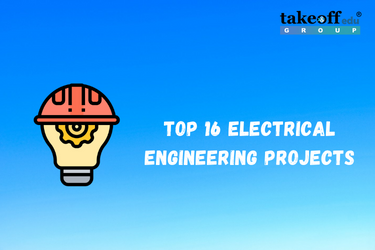
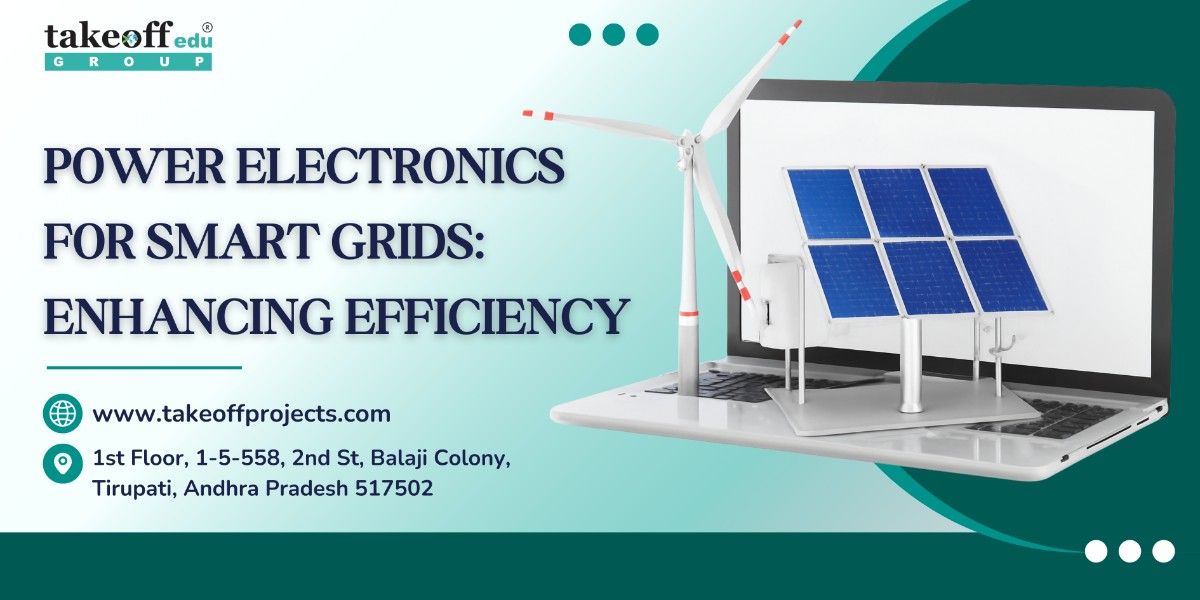 Power Electronics for Smart Grids: Enhancing Efficiency
Power Electronics for Smart Grids: Enhancing Efficiency 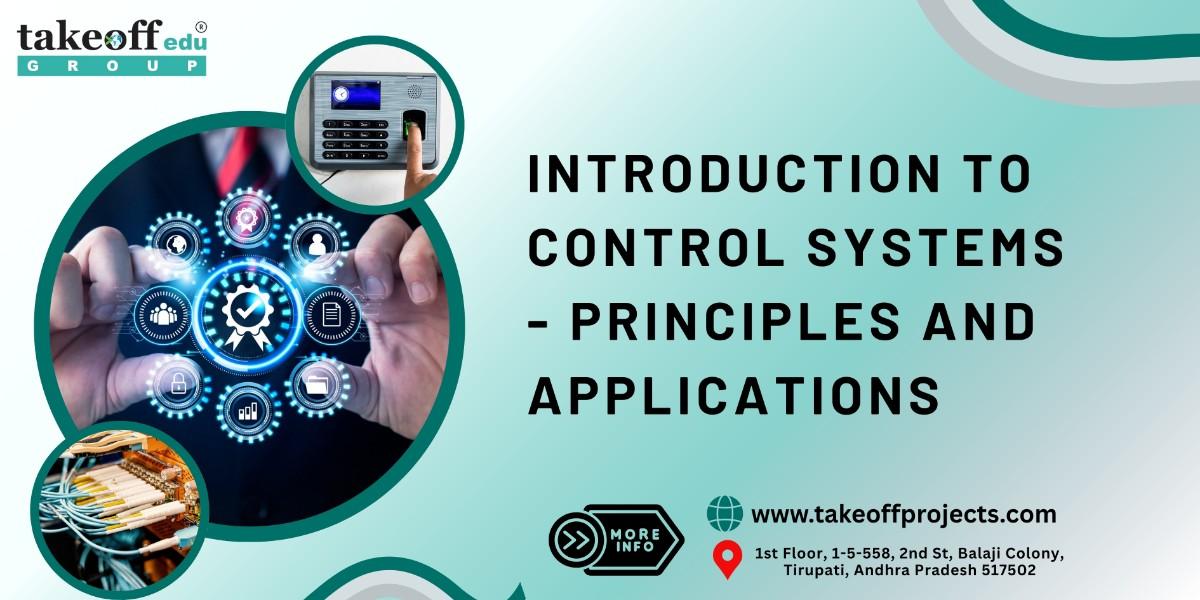 Introduction to Control Systems: Principles and Applications
Introduction to Control Systems: Principles and Applications 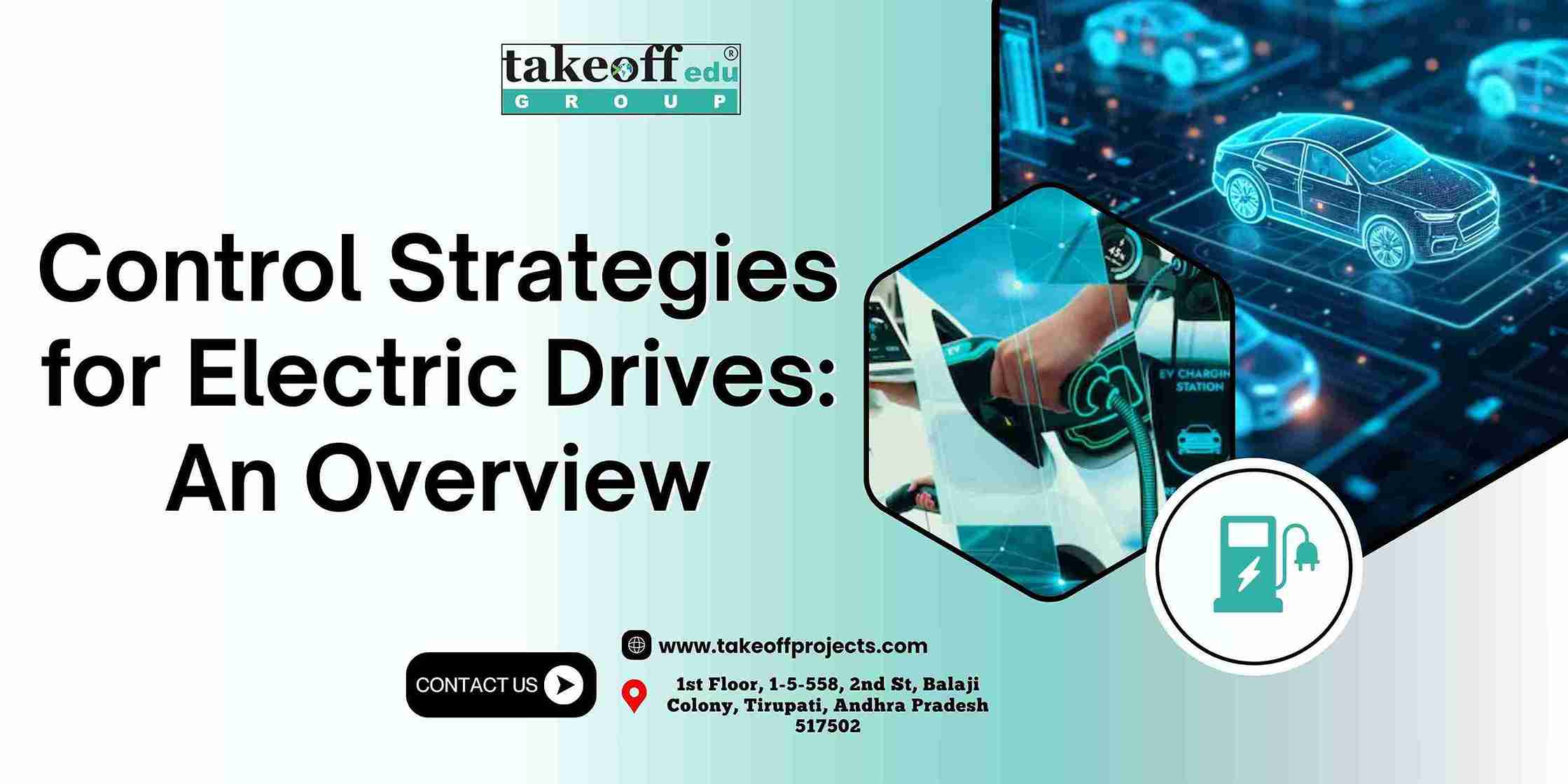 Control Strategies for Electric Drives: An Overview
Control Strategies for Electric Drives: An Overview 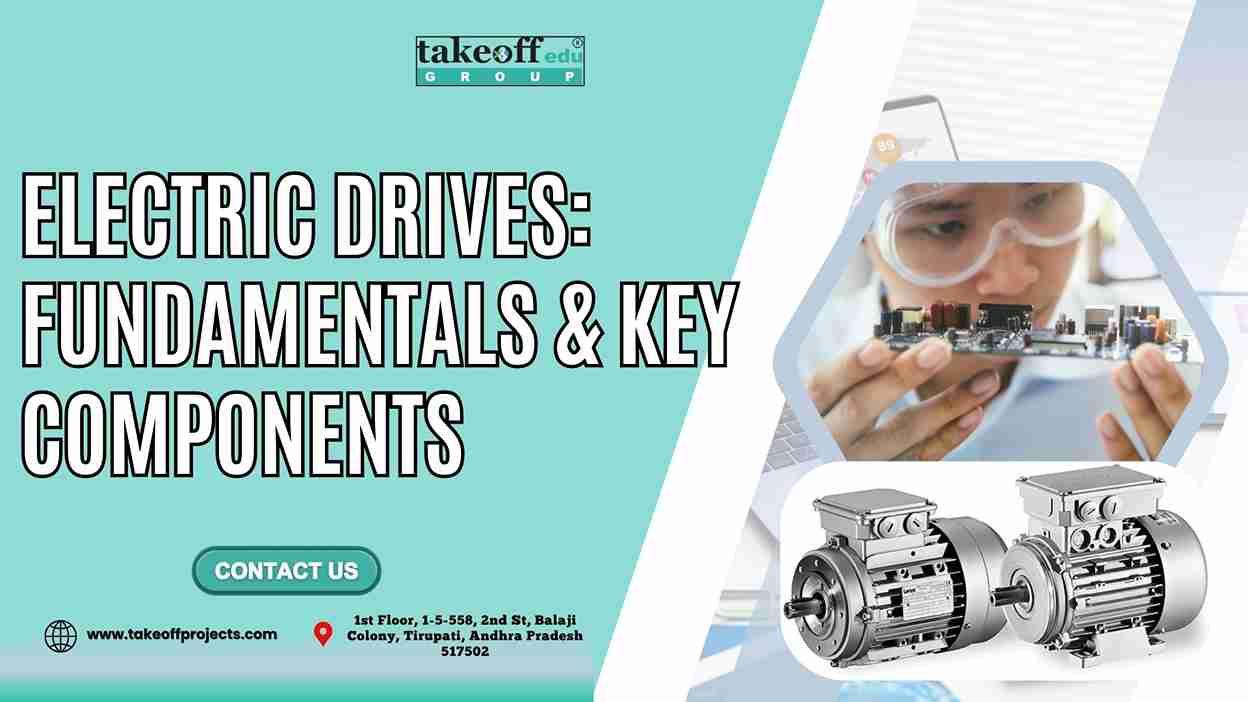 Electric Drives: Fundamentals & Key Components
Electric Drives: Fundamentals & Key Components 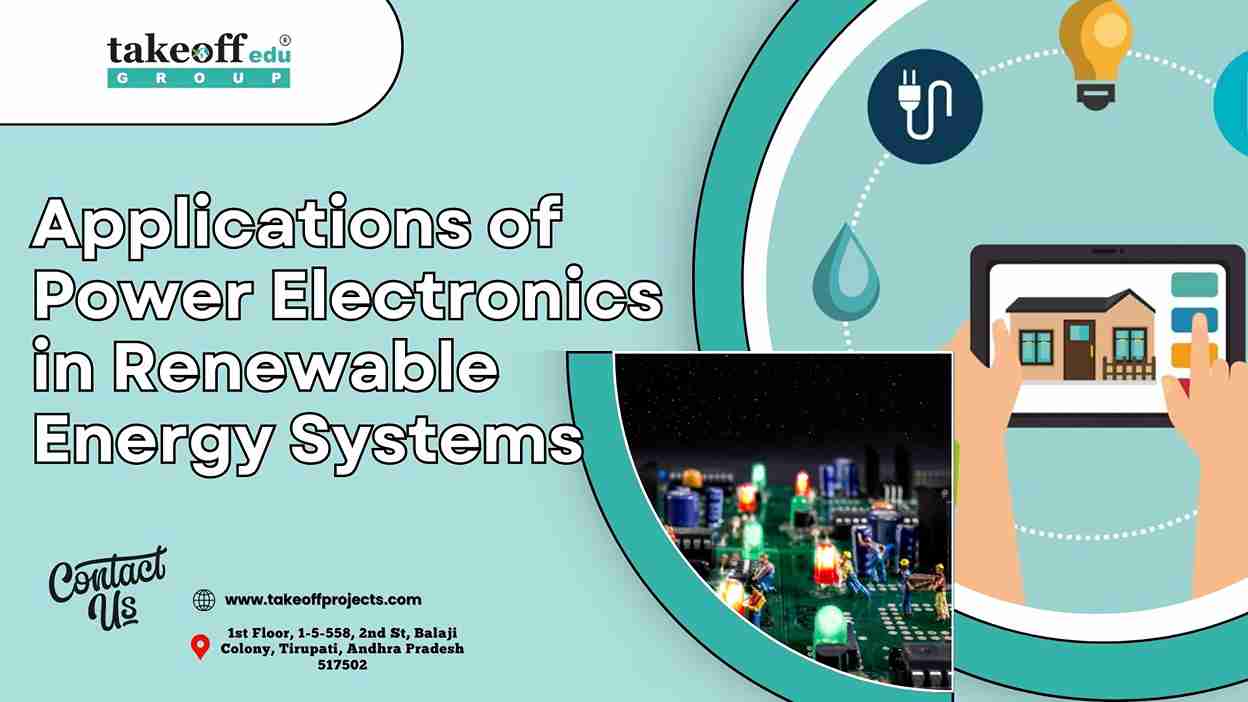 Applications of Power Electronics in Renewable Energy Systems
Applications of Power Electronics in Renewable Energy Systems 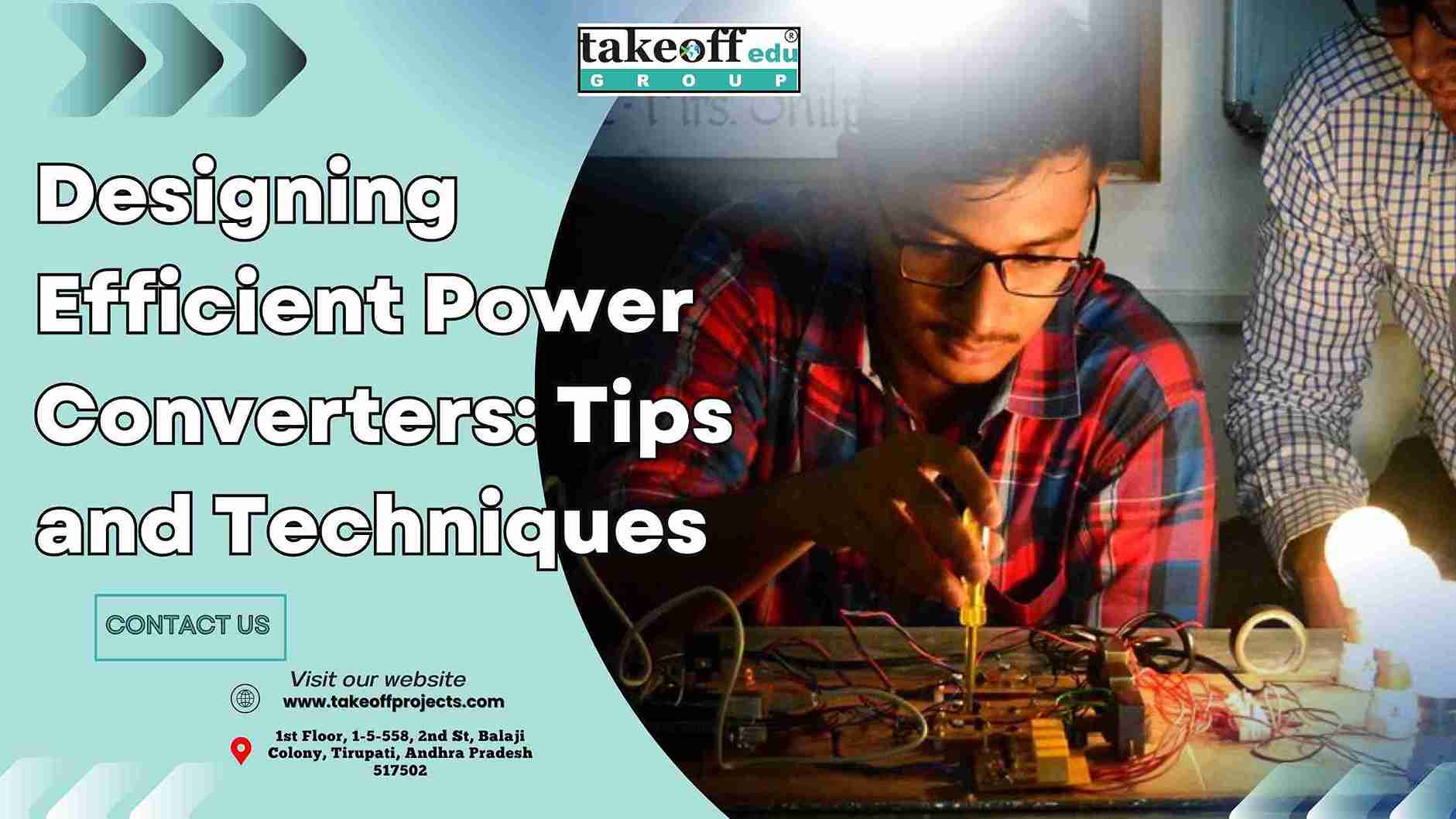 Designing Efficient Power Converters: Tips and Techniques
Designing Efficient Power Converters: Tips and Techniques 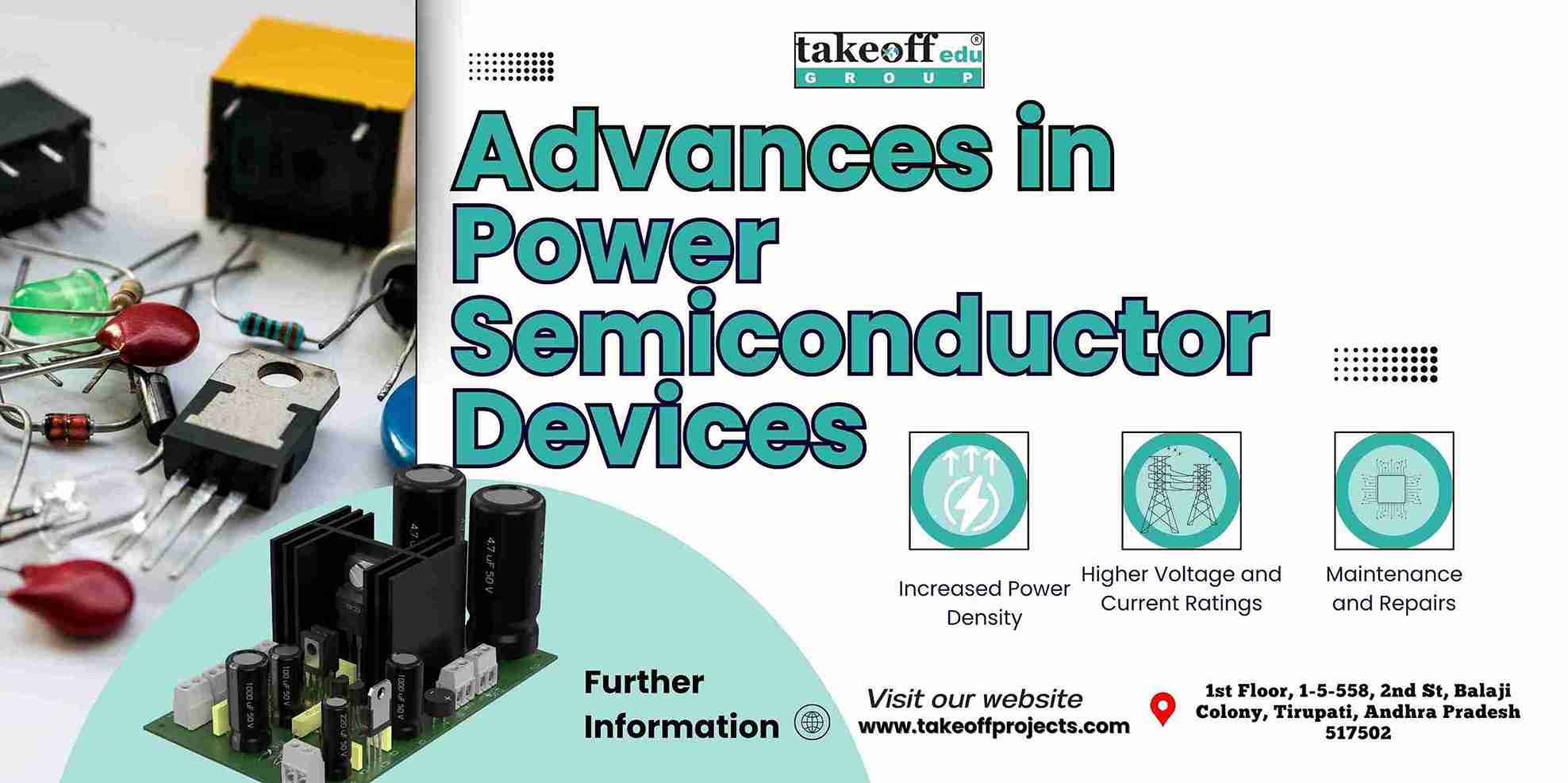 Advances in Power Semiconductor Devices
Advances in Power Semiconductor Devices 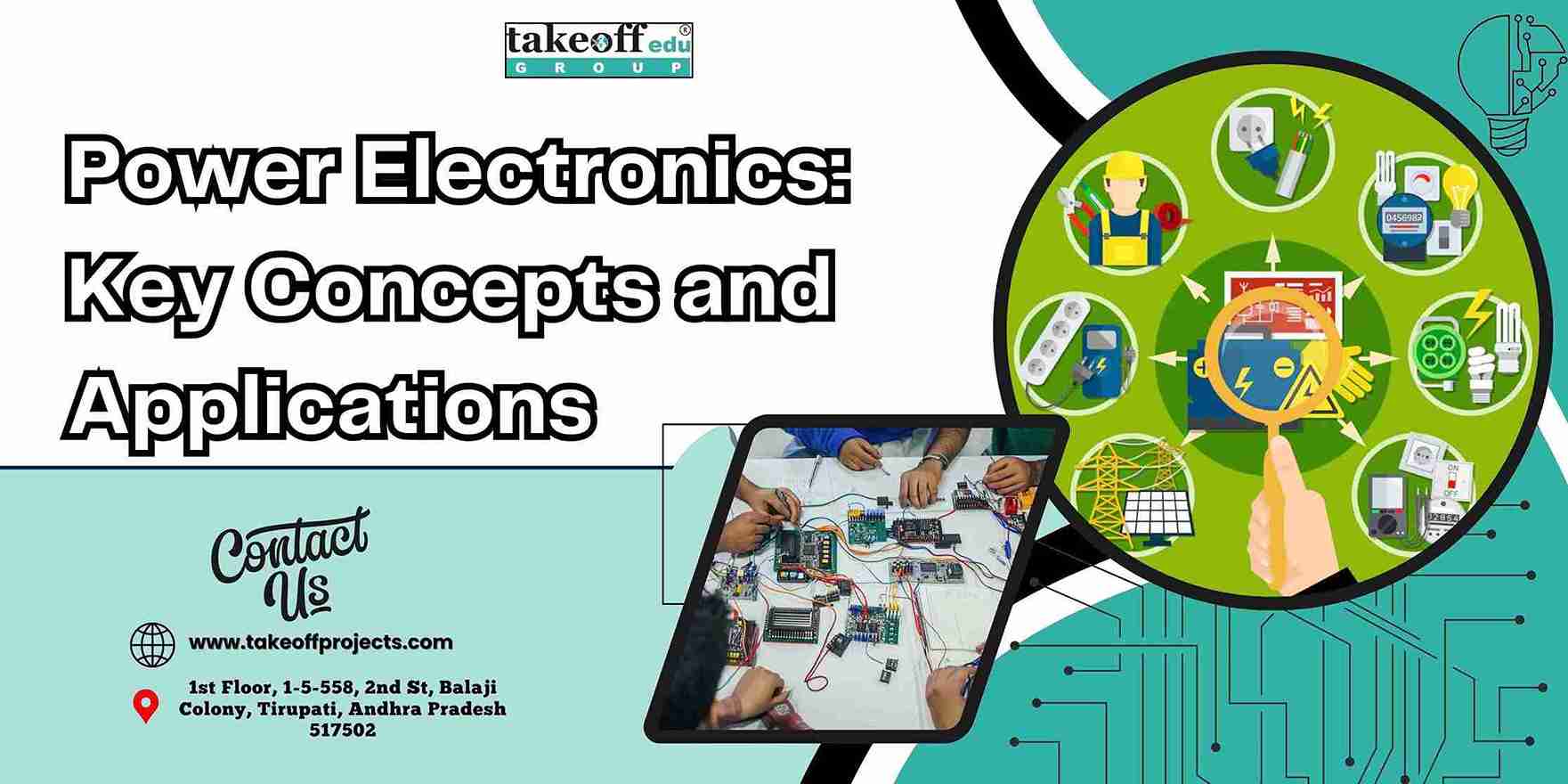 Power Electronics: Key Concepts and Applications
Power Electronics: Key Concepts and Applications  Cybersecurity in Power Systems: Protecting Critical Infrastructure
Cybersecurity in Power Systems: Protecting Critical Infrastructure 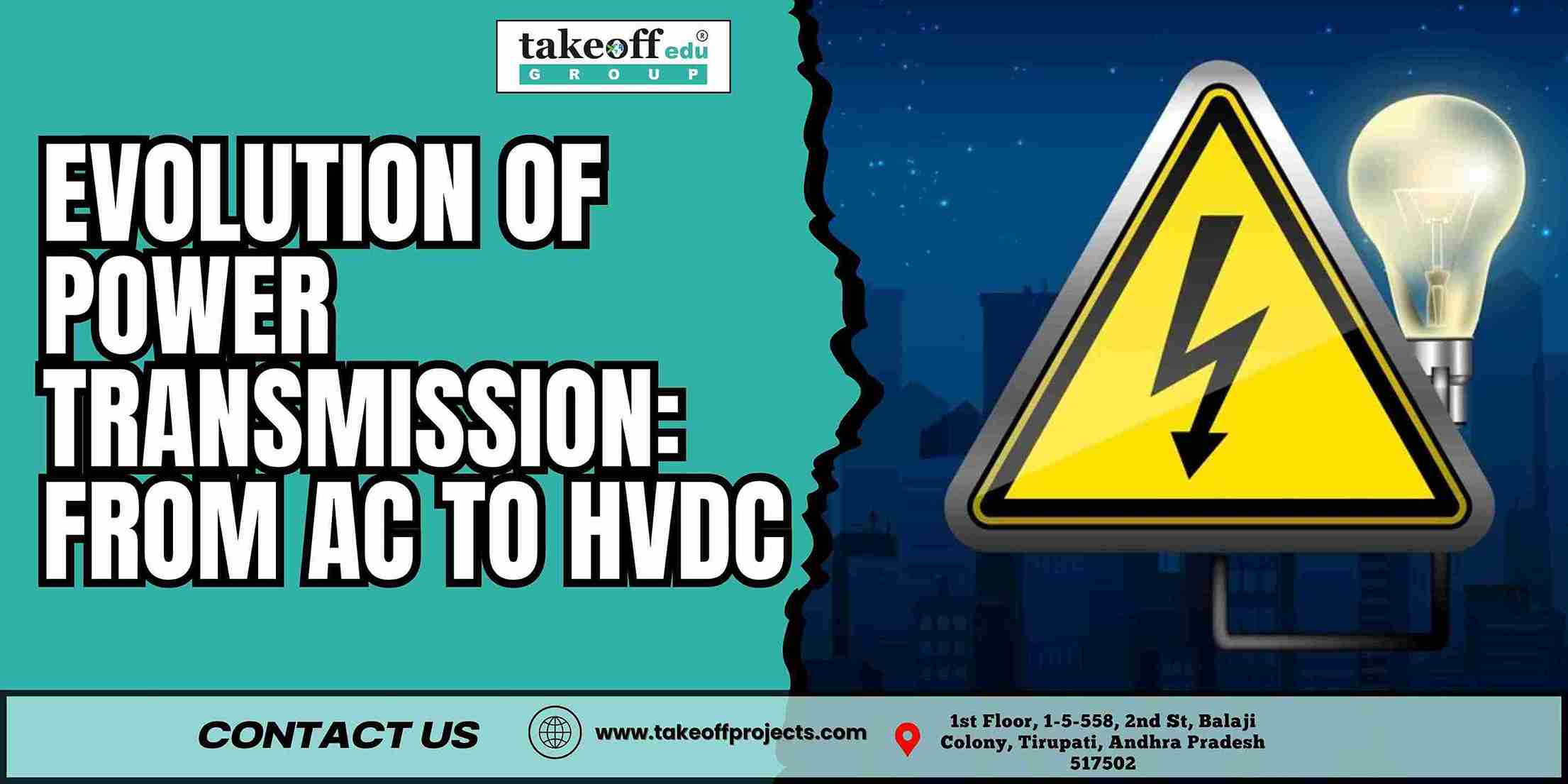 The Evolution of Power Transmission: From AC to HVDC
The Evolution of Power Transmission: From AC to HVDC  Impact of Energy Storage on Power System Management
Impact of Energy Storage on Power System Management 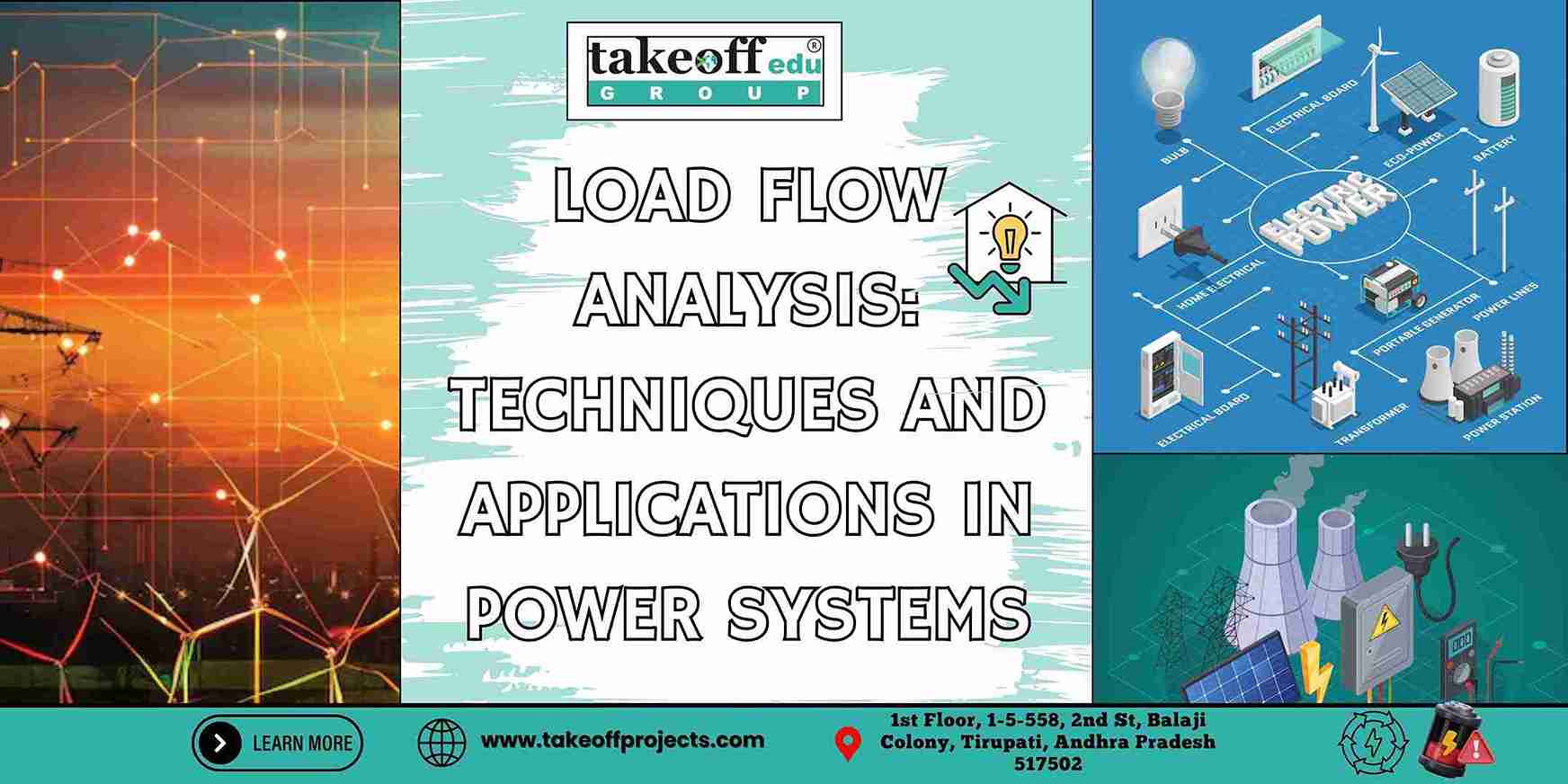 Load Flow Analysis : Techniques and Applications in Power Systems
Load Flow Analysis : Techniques and Applications in Power Systems 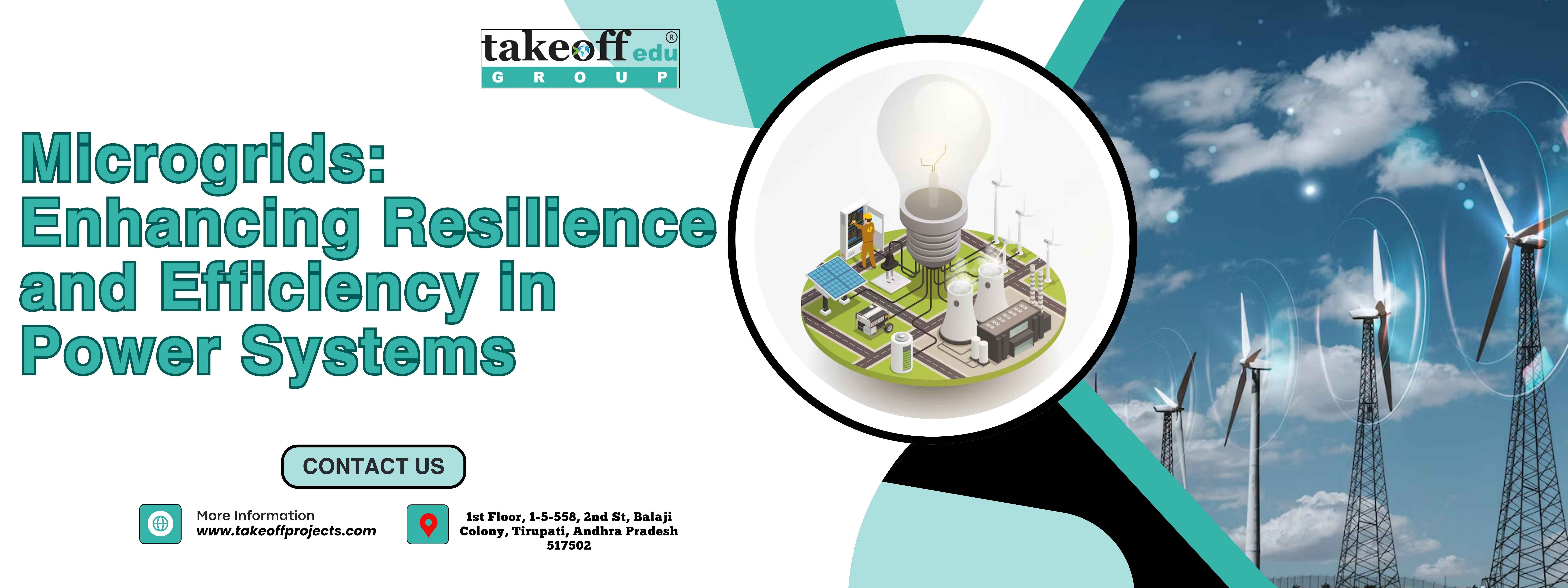 Microgrids: Enhancing Resilience and Efficiency in Power Systems
Microgrids: Enhancing Resilience and Efficiency in Power Systems  Innovative Technologies in Power System Protection
Innovative Technologies in Power System Protection 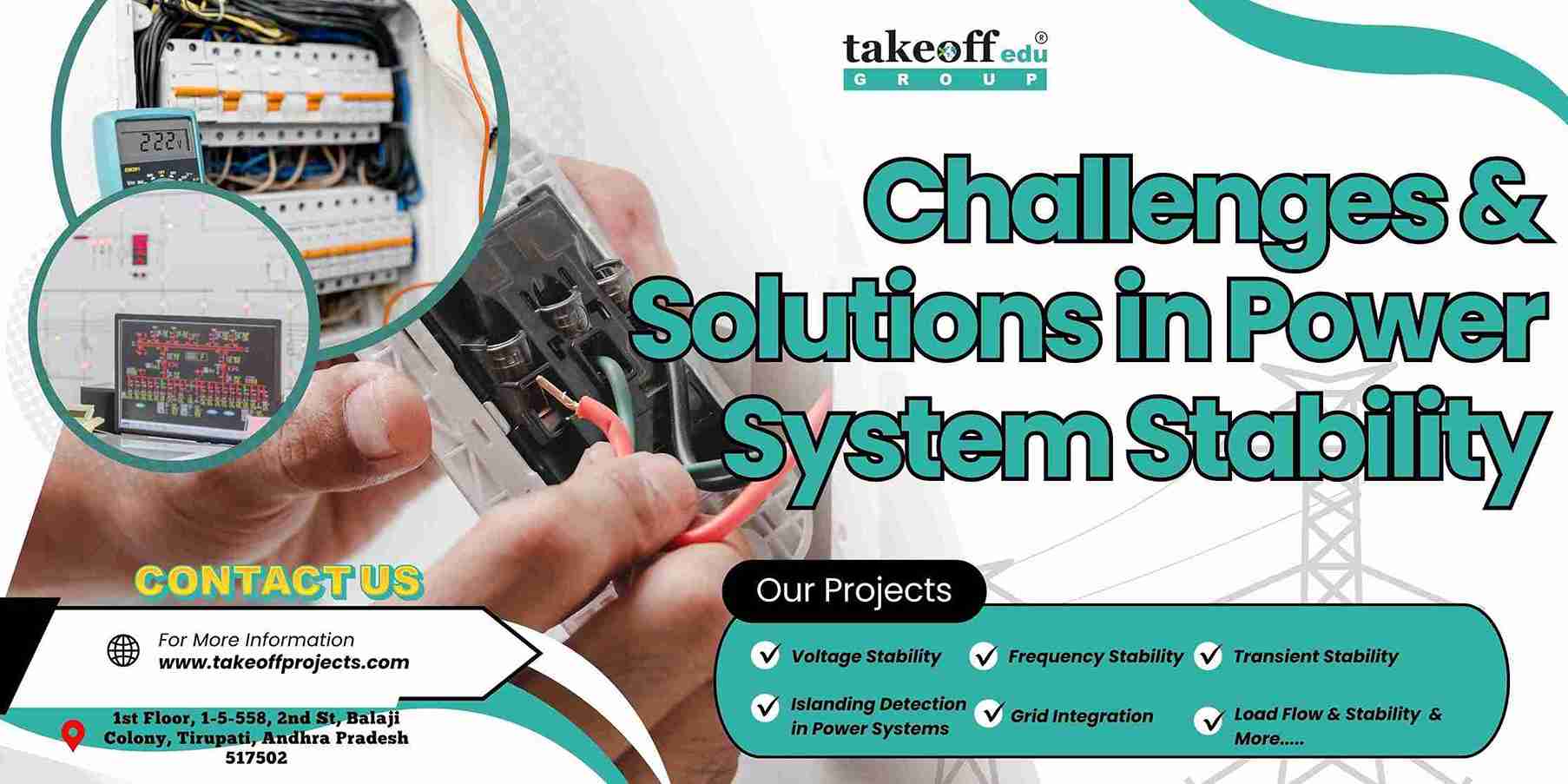 Challenges and Solutions in Power System Stability
Challenges and Solutions in Power System Stability 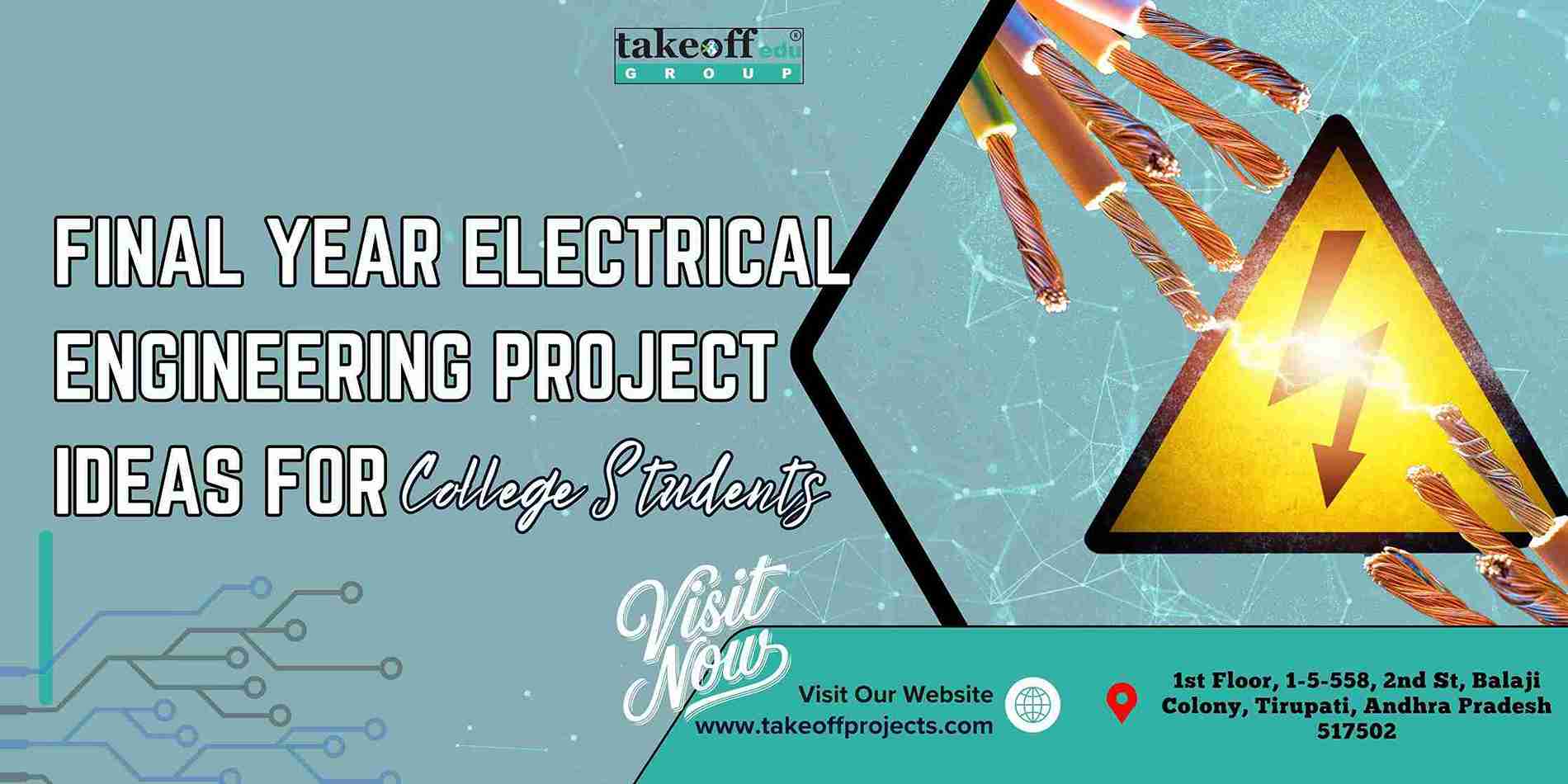 Final Year Electrical Engineering Project Ideas for College Students
Final Year Electrical Engineering Project Ideas for College Students 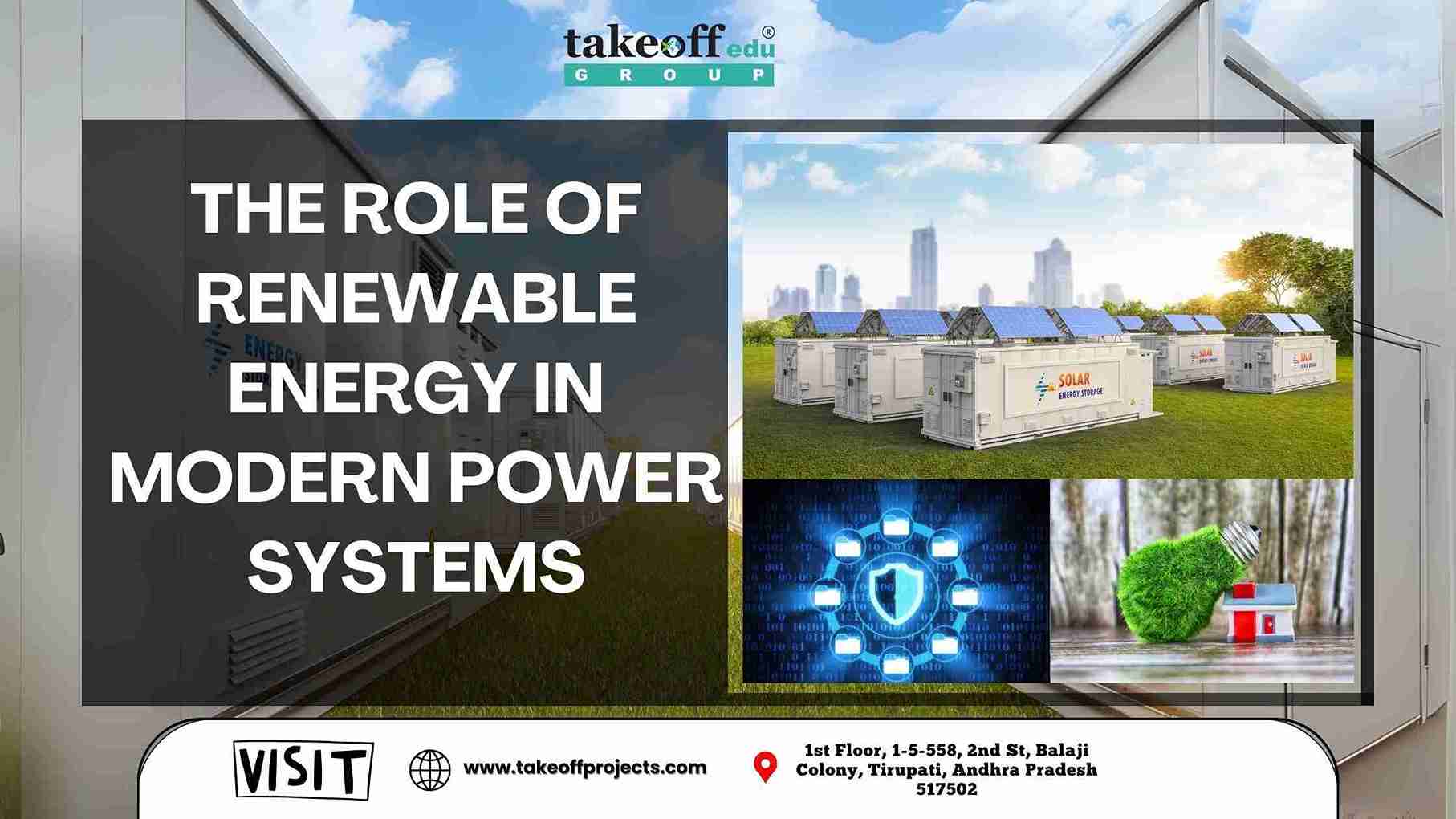 The Role of Renewable Energy in Modern Power Systems
The Role of Renewable Energy in Modern Power Systems 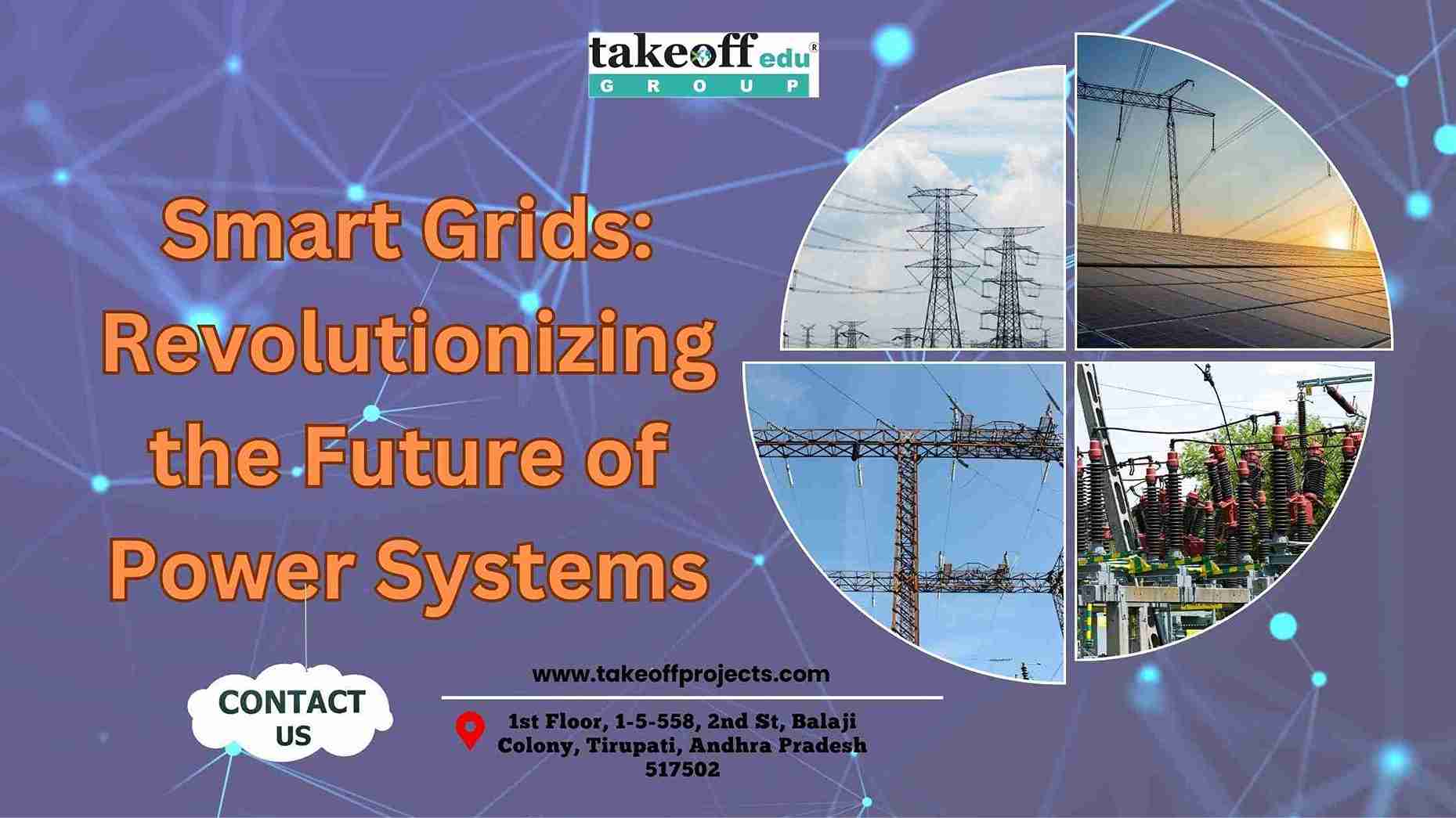 Smart Grids: Revolutionizing the Future of Power Systems
Smart Grids: Revolutionizing the Future of Power Systems 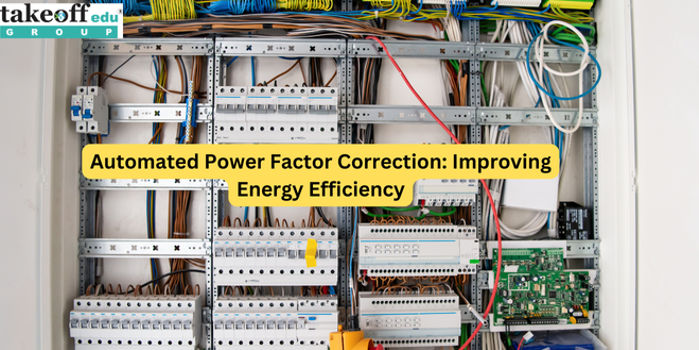 Automated Power Factor Correction: Improving Energy Efficiency
Automated Power Factor Correction: Improving Energy Efficiency 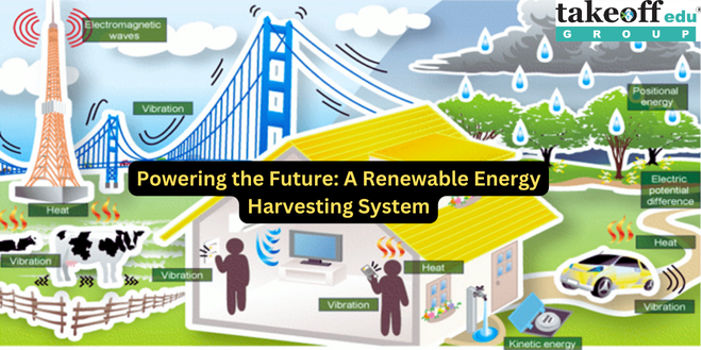 Powering the Future: A Renewable Energy Harvesting System
Powering the Future: A Renewable Energy Harvesting System 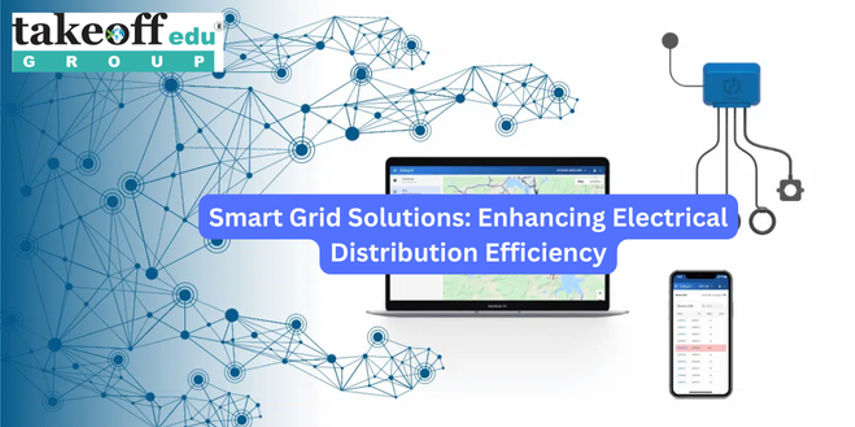 Smart Grid Solutions: Enhancing Electrical Distribution Efficiency
Smart Grid Solutions: Enhancing Electrical Distribution Efficiency 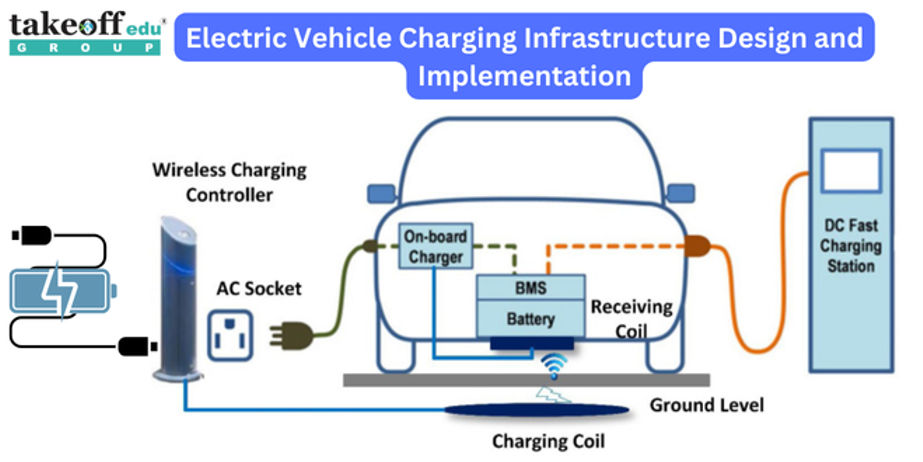 Electric Vehicle Charging Infrastructure Design and Implementation
Electric Vehicle Charging Infrastructure Design and Implementation  Integration of Renewable Energy Sources in Microgrids
Integration of Renewable Energy Sources in Microgrids 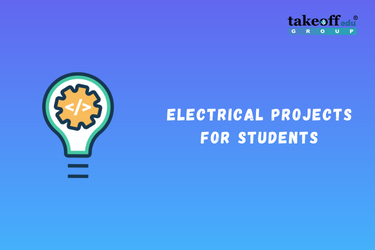 Electrical Projects Engineering Students
Electrical Projects Engineering Students 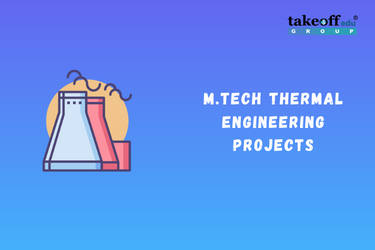 M.Tech Thermal Engineering Projects
M.Tech Thermal Engineering Projects 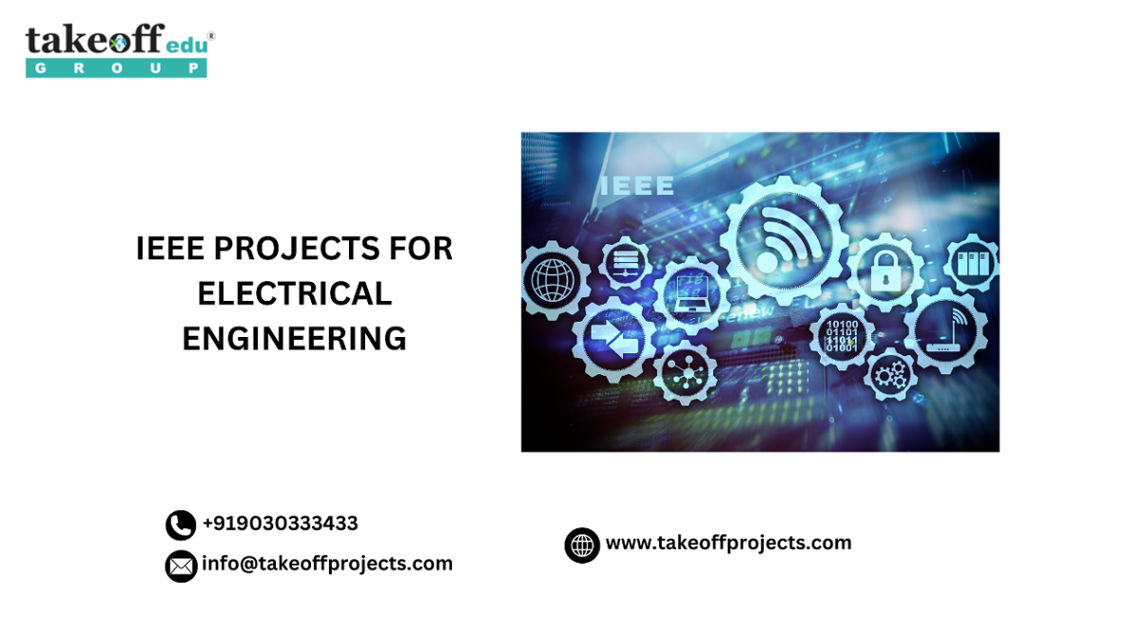 IEEE Projects for Electrical Engineering
IEEE Projects for Electrical Engineering 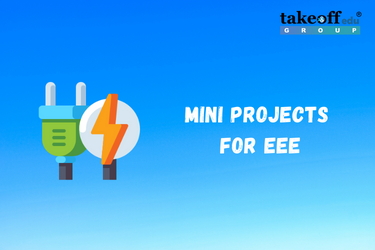 Mini Projects for EEE
Mini Projects for EEE 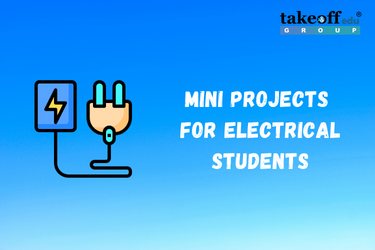 Mini Projects for Electrical Students
Mini Projects for Electrical Students  Top Electrical Projects for Final Year Students
Top Electrical Projects for Final Year Students 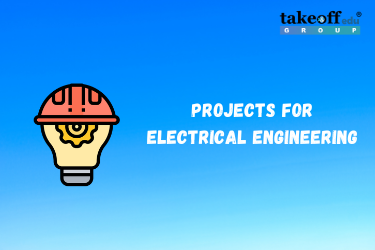 10 Interesting Projects for Electrical Engineering Students 2022
10 Interesting Projects for Electrical Engineering Students 2022 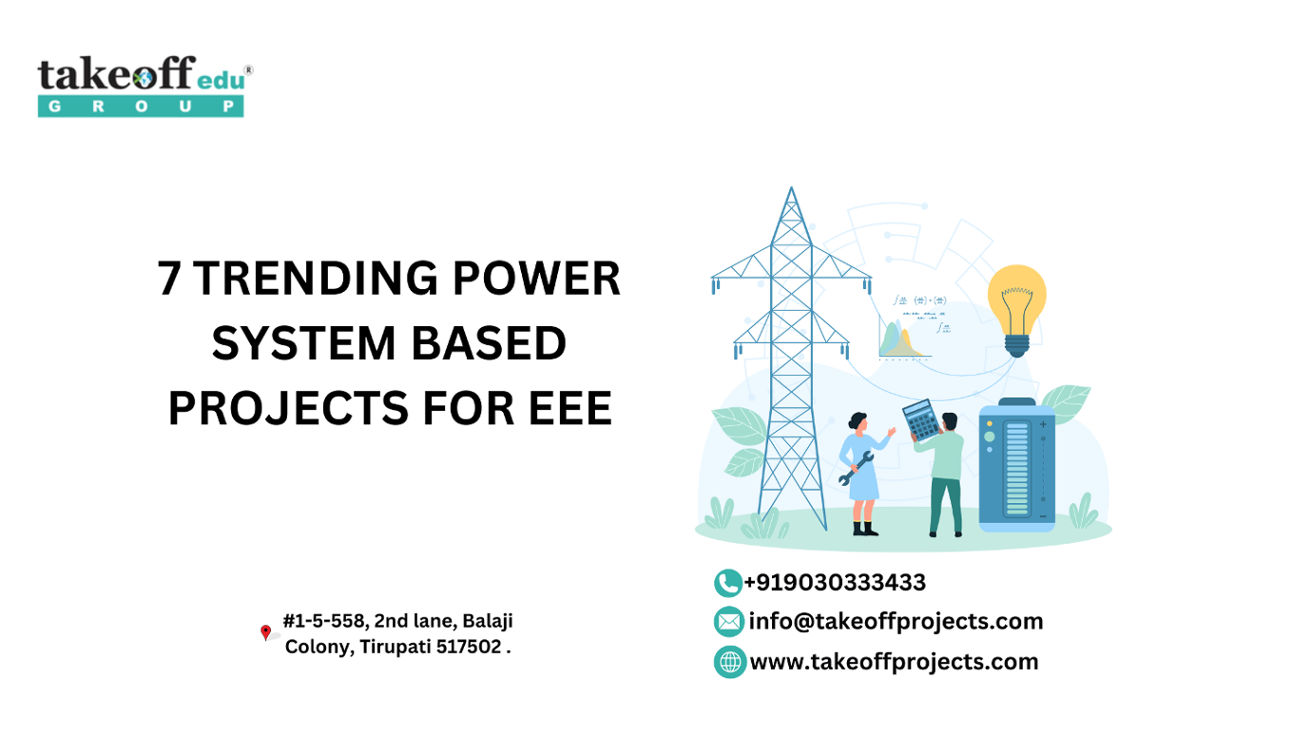 7 Trending Power Systems Based Projects for EEE
7 Trending Power Systems Based Projects for EEE  Top 10 Power Electronics Projects for EEE
Top 10 Power Electronics Projects for EEE 
 Paper Publishing
Paper Publishing


